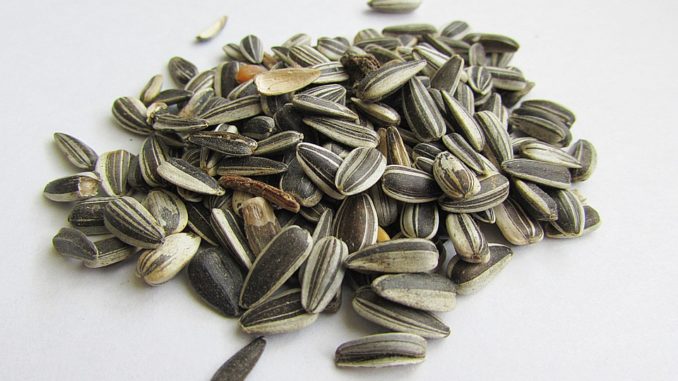
Of the many vitamins and minerals our bodies need to function properly every day, copper may be one of the more obscure. With so much focus on iron, potassium, and vitamins to be a part of the daily diet, copper often gets overlooked.
It shouldn’t be that way since copper is important and should be consumed up to the recommended daily amount. To ensure that everyone is aware of the need for copper in their diet, it is important to understand what it does and how it helps the body to function properly.
Why Do We Need to Consume Copper, what is It’s Function?
Copper does many things for the body, but the three most notable include maintaining the integrity of blood vessels, supporting the immune system, and boosting energy production. Copper is also a natural antioxidant which helps to fight the free radicals that cause premature aging.
In addition, copper helps produce certain enzymes that create connective tissues for the tendons, heart, and ligaments.
Copper also plays a role in the cognitive health of the brain. Many of the neurological processes your brain engages in is helped by the presence of copper. Plus, copper helps to regulate the body’s response to stress.
If you are feeling a lack of energy, it may be because you are not consuming enough copper. In addition, not enough copper interferes with the function of the immune system. This makes it more difficult to fight off diseases and infections.
How Much Do We Need to Consume in Our Diets?
The World Health Organization (WHO) recommends that you get 2mg of copper every day. That is how much the average adult should consume.
However, other organizations do not place as much emphasis on copper, such as the Food and Nutrition Board which recommends about 900 micrograms or just under 1mg of copper per day. If you are pregnant, then you take 1mg of copper and slightly more if you are lactating to feed your child.
However, taking copper supplements is not recommended unless prescribed by your doctor. This is because consuming too much copper results in severe thirst, diarrhea, and stomach pain. While reaching toxicity levels is rare, it can happen if you overload your diet with copper. Instead, you should focus on including foods that have plenty of copper in them, so you get the right amount.
10 Foods Naturally High in Copper
You’ll find copper in a wide range of foods and even in the water supply depending on the types of pipes that are used to carry it into your residence. What you may find interesting is that many of the cooked foods tend to carry far more copper than their raw counterparts.
Beans:
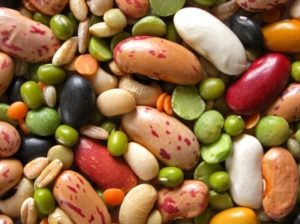
A great source of fiber and protein along with copper, beans offer about 305 micrograms per 100 grams when cooked. Sprouting lentils have more copper compared to dried lentils. But you can also go for pinto or white beans that have about 1,000 micrograms per 100 gram serving.
Beef Liver:
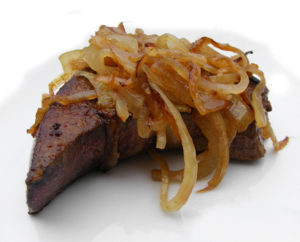
The single food that contains more copper than any other, a single 4 ounce serving contains over 16,000 micrograms, which is nearly 20 times the daily recommended amount. In fact, beef liver contains so much copper that is recommended that you only consume it once per week.
An alternative is chicken liver which contains about 566 micrograms of copper or about 62% of the daily recommended amount.
Cashews:
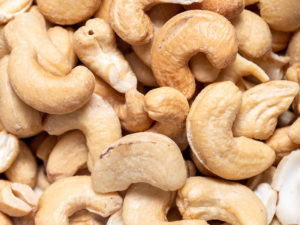
A handful of cashew nuts will just about meet the daily requirements. About 18 nuts equals roughly 622 micrograms of copper. You can eat them raw or add them to dishes or place them in cheeses, dips, and spreads to bolster not only the copper, but the taste of the food. Just remember that many nuts have a high salt and cholesterol content, so consume them in moderation.
Dark Chocolate:
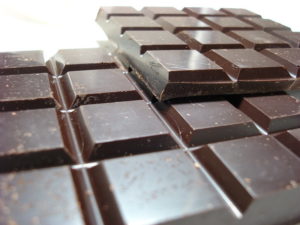
There are many attributes to dark chocolate. One of the more important is the amount of copper that a 100-gram bar provides. Eating one bar that contains up to 85% dark chocolate contains 1,766 micrograms of copper. While bars that contain up to 69% dark chocolate have about 1,248 micrograms.
Milk chocolate only contains about 491 micrograms of copper. But keep in mind that the sugar and calorie content of chocolate products is considerable. Which is why then need to be consumed in moderation.
Greens:
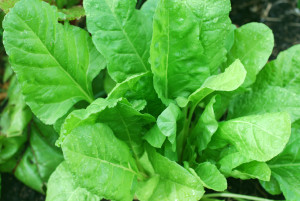
Spinach, kale, and Swiss chard contain considerable amounts of copper. Raw kale for example contains about 1,409 micrograms per 100 grams served. In this case, raw is preferable to cooked as it keeps more of the copper present.
Mushrooms:
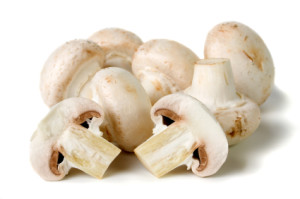
In addition to copper, mushrooms are an excellent source of protein. It is recommended that you eat cooked shiitake mushrooms which contain over 1,100 micrograms of copper per cup which is higher than the recommended amount. Ray shiitake mushrooms only contain about 20% of the recommended daily intake.
In addition to shiitake, you can also consume portobello, button, oyster mushrooms as they contain similar amounts.
Oysters:
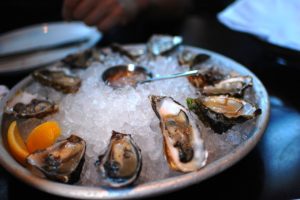
For every 100-gram serving of cooked oysters, you’ll receive about 4,800 micrograms of copper. Raw oysters only have about half that amount. However, oysters are not for everyone, so you can use seafood as an alternative. Most seafood only contains a fraction of the copper compared to oysters, but it is still a good alternative.
Potatoes:
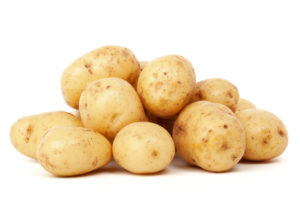
A single baked potato has about 610 micrograms of copper. Sweet potatoes do not have nearly the amount of copper, ranging at roughly 120 micrograms per potato. However, sweet potatoes bring many other benefits as well.
Sunflower Seeds:
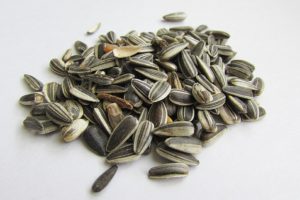
A popular natural snack, sunflower seeds are also high in copper with a typical amount per ounce of 519 micrograms. They are the perfect way to cap off your copper consumptions but beware that they have a high salt content. This means that you need to consume them in moderation.
Tofu:
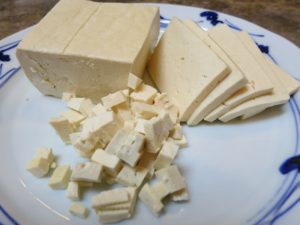
Many great things have been said about tofu. You can add its copper amount of 398 micrograms per 100-gram serving. This is nearly half the recommended amount. However, tofu does contain a considerable amount of fat, so eat in moderation.
Try adding some of these foods to your diet, this will help you reach your recommended daily requirements of copper.

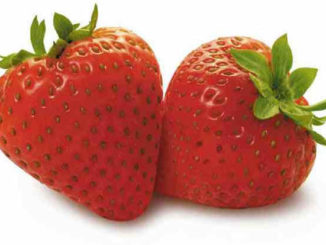
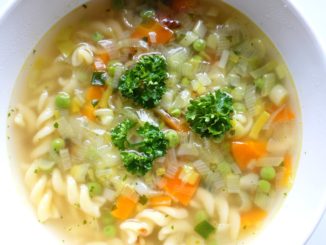
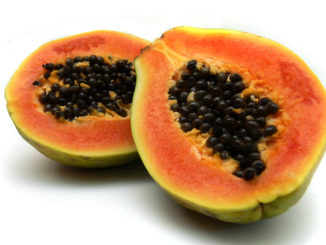
Be the first to comment